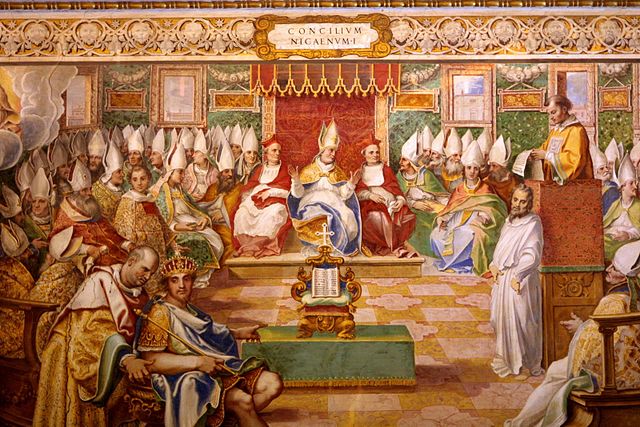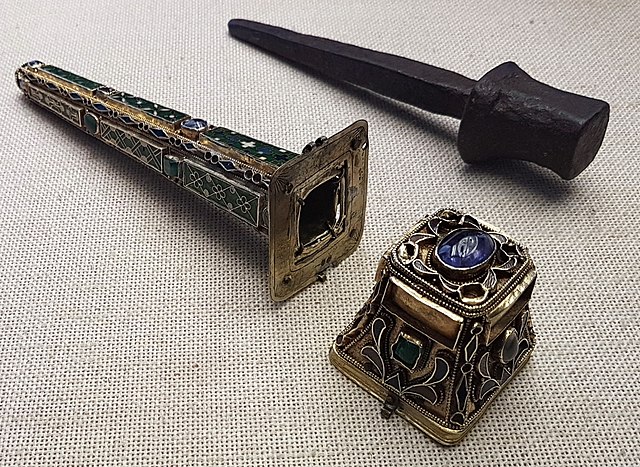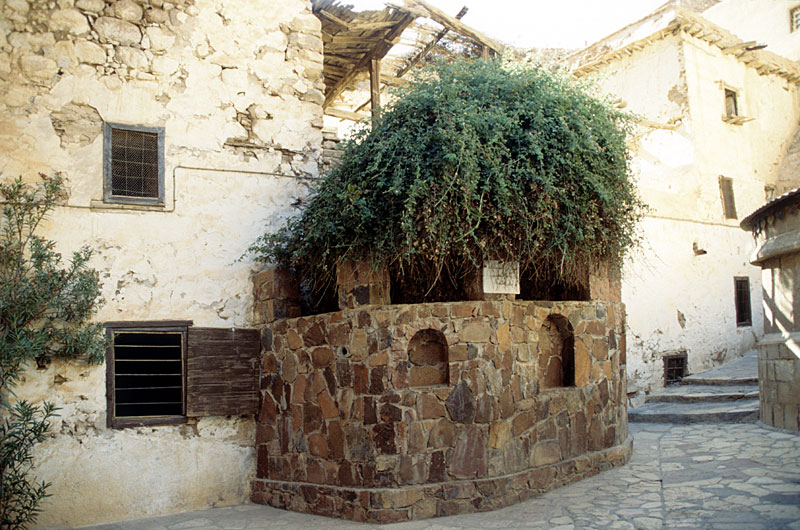We just learned about the First Council of Nicea where people met to talk about what the truth was about Jesus.
Another part of early Christianity was Christianity in Armenia.
In the year 301 there was a religious person named Gregory the Illuminator who grew up learning about Christianity.
When he was older he talked to the King of Armenia named Tiridates III about Christianity, and the King decided to become Christian too.
Gregory baptised Tiridates III, and then the King decided to make Christianity the official religion in the country of Armenia.
(from: wikipedia - gregory the illuminator)

(from: wikipedia - tiridates iii of armenia)

(from: wikipedia - tiridates iii of armenia)
Kid Facts - Blast from the past: Stachys - Bishop of Byzantium























